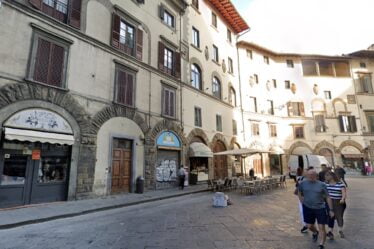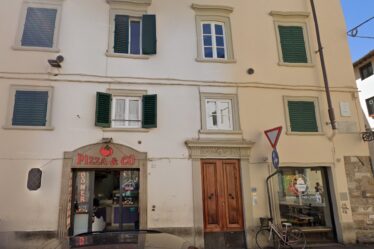

The Renaissance Origins of the Melani Building
On Via S. Gallo in Florence, a Renaissance-era building initially housed the Compagnia di S. Marco. It was later transformed into a hostel for pilgrims by Domenico Melani, a celebrated castrato singer. As gratitude for his exceptional voice, Melani funded the completion of this accommodation. In 1773, the Bigallo captains acquired the building, converting it into a residential home.
Felice Le Monnier: From Typographer to Publishing Pioneer
In the 1830s, Felice Le Monnier, a Parisian typographer escaping post-revolutionary France, arrived in Florence. He joined the typography of Davide Passigli and Borghi, eventually co-founding the renowned publishing house Felice Le Monnier & C. in 1837.
- First Publications: Le Monnier’s first major success was the 1841 book Speeches on Italian Stories by Giuseppe Borghi.
- Notable Series: The Italian National Library and Diamond Library became key cultural contributions to the Italian Risorgimento.
- Legal Controversy: Le Monnier faced a lawsuit from Alessandro Manzoni for publishing an unauthorized edition of I Promessi Sposi, leading to significant compensation.
Later Years and Legacy
In 1861, disillusioned by political shifts, Le Monnier sold the company to a consortium led by Bettino Ricasoli, though he remained its director until 1879. The publishing house continues its long-standing cultural tradition to this day.



